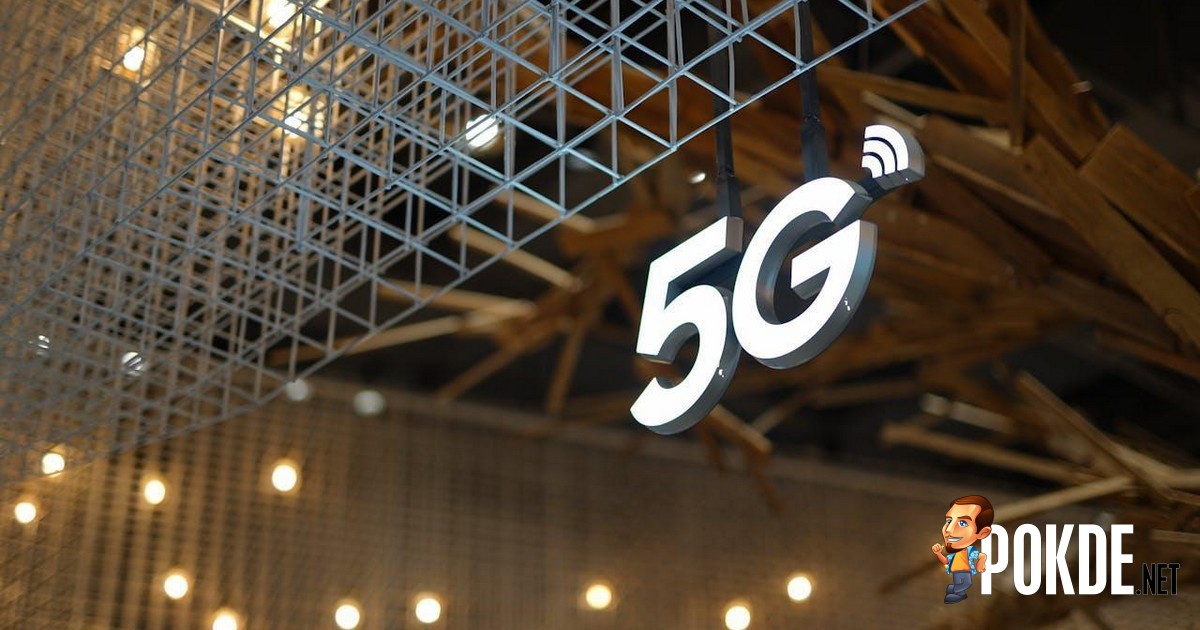We are two decades into the 21st century, and our access to the internet and its quality impact the opportunities we seize, especially in financial markets. Regarding volatile markets like forex, even a millisecond delay can lead to wins. Many in the trading community believe that 5G technology could help reduce latency-related losses. In this article, you will discover whether 5G guarantees a faster and better trading experience.
What is 5G Technology?

We can describe 5G technology as the fifth-generation mobile technology network. It is an upgrade on the 4G technology. As an upgrade, 5G technology uses edge computing and network slicing technology to provide improved browsing speed, reaching up to 20 Gbps, which is even faster than the 4G LTE. In addition to that, you can efficiently manage multiple data connections with the 5G technology, which also offers an ultra-low latency of milliseconds. These features position 5G technology as a veritable addition to financial market trading. Citing latency, let’s look at how it affects forex trading.
How Does Latency Affect Forex Trading?
Let’s start by defining latency in the context of financial markets. Latency is the difference in time between when information is passed or requested and when it is received. For a forex trader, the speed at which they interact with market information can influence their success rates positively or negatively. For instance, when a trader receives up-to-date information and market evaluations in real time. Then, they communicate their order at superspeed to their broker, who processes the trade in no time. This has a way of influencing profitability. Speed of execution could be your competitive advantage when trading platforms such as TradingView Singapore.
However, let’s itemize some salient points that show how latency affects forex traders:
1. Data Lags
Data lags occur when there are delays in transmitting data or executing orders. Typically, data lags are not the fault of the trader. The two major factors responsible for data lags are platform hardware or server issues and inefficiencies from the internet network provider. This has the most detrimental effect when routing or executing orders.
2. Slippage
Slippage occurs when time lags cause a difference between the price at which an execution was ordered and the price at which the order was carried out. This can affect profitability because the trades will be executed at prices different from the intended ones.
3. Impact on Algorithmic Trading
Algorithmic trading and traders who deploy high-frequency trading (HFT) strategies rely heavily on network speed. A millisecond can record a tweak in data, and when this tweak is missed, trading bots can make unprofitable decisions.
We have seen how latency can significantly impact a trader’s long-term profitability. Given the advantages that 5G technology offers, let’s discuss how 5G affects latency in trade execution.
5G and Latency in Trade Execution
5G technology’s robust and superfast network framework offers several financial benefits. Let’s look at a few of them:
1. Enhanced Efficiency
Speed is essential in forex trading; high latency can result in unfavorable trade outcomes. However, 5G technology’s improved bandwidth means traders can experience enhanced efficiency. This efficiency occurs because traders can obtain information and take necessary actions quickly. The time required for data to move between the platform’s server and the trader’s device is minimized. This is a plus for HFTs, where hundreds of trades are simultaneously executed by the algorithm.
2. Improved Data Analytics
Data analysis tools for computing big data and advanced predictive analysis tools often require an internet network with high bandwidth to function optimally. Thanks to the features of 5 G technology, traders can quickly analyze big data accurately and increase their chances of profit by taking informed actions.
3. Better Access for Retail Traders
5G’s ability to support an extensive network of devices without compromising connection strength is a crucial benefit to forex traders. With this, you could be in a densely populated area and still have swift access to trading platforms and trade executions. This also means that traders can access real-time data from sources across the globe without missing out on complex trading setups.
4. Potential Limitations of 5G
5G certainly provides a faster trading experience. However, the fifth generation of mobile network technology is not without drawbacks in the money market. Three of these limitations stand out.
- At the moment, the 5G infrastructure has yet to become global. A large section of the world’s population still doesn’t have access to 5G technology, which limits how many traders can use its benefits while offering unfair advantages to traders who do.
- Cybersecurity is a major concern for every platform that works with the Internet, and faster interactions mean that criminal activities can be carried out in seconds. However, concerned organizations already have systems to check fraud and system hacks.
- Trading platforms may have to carry out system overhauls as many are not prepared for 5G technology yet. Due to its high bandwidth capacity, 5 G technology may force trading platforms to handle larger amounts of data.
The Future of 5G in Forex
Latency is crucial to speedy trading activities, and 5G appears to reduce speed-related losses. Latency influences data lags, algorithmic trading, and slippage, but 5G technology solves these possible challenges by offering improved efficiency and better mobile access. 5G technology is a much-needed addition to forex trading for most traders.























